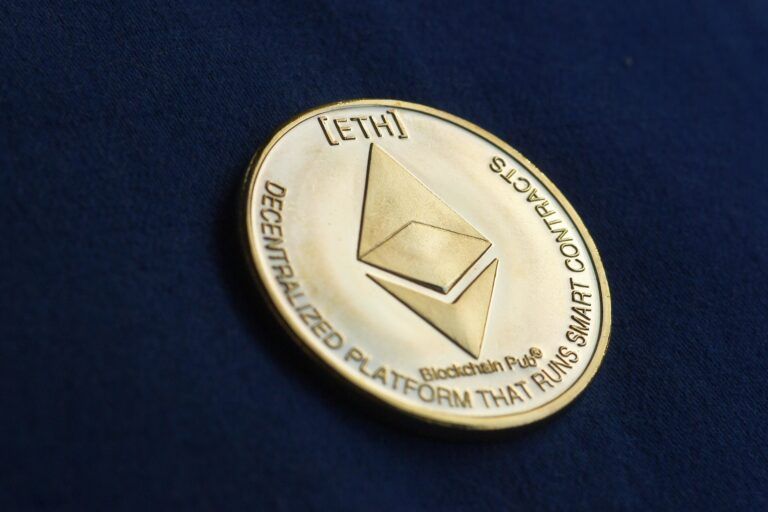Anthony Sassano, a prominent Ethereum advocate and educator, asked an intriguing question on X (formerly Twitter) on December 22, 2024: Does Ethereum (ETH) need a Michael Saylor-like figure to promote it? This refers to Saylor’s role as a Bitcoin evangelist, whose outspoken support and corporate strategy of MicroStrategy helped popularize Bitcoin as a store of value. Sassano’s question sparked a lively debate, with responses from across the crypto community offering a wide range of perspectives.
The arguments in favor of an Ethereum defender
Several interviewees expressed enthusiasm for the idea, highlighting the potential benefits of having a high-level Ethereum champion. @Infrablix called it an “incredible opportunity,” highlighting how one person’s influence can create significant impact in the crypto space. Similarly, @CloutedMind proposed a decentralized effort, suggesting that collective action by Ethereum supporters and whales could achieve similar results.
Others, like @iamnapenjoyoor, have argued that a centralized cipher or strategy could help increase the price of Ethereum through structured mechanics. They suggested a model involving treasury collateral and liquidity providers, token raises, and borrowing mechanisms to create upward momentum for the value of ETH. @BaseNFTMaxi expanded on this point, arguing that incorporating yield would make such strategies more effective.
Potential candidates
Some users have speculated who could fill this role for Ethereum. @Chase_Freedom_ suggested Samir Tabar, CEO of Bit Digital, as a likely candidate, citing his company’s strategy of mining Bitcoin to accumulate Ethereum and its promotion as an ETH proxy. Others have proposed unconventional candidates like former US President Donald Trump, with @rayzhueth noting that Trump’s media presence and recent pro-crypto stance could bring significant attention to Ethereum.
Challenges and skepticism
Not everyone agrees that Ethereum needs a character like Saylor. Some have expressed concerns about the risks of centralizing influence. @jimpeiko pointed out that Saylor’s massive Bitcoin holdings – around 2% of BTC – could deter widespread adoption, particularly by sovereign entities or institutions wary of concentration of ownership. They argued that a similar figure for Ethereum could face the same backlash.
Others have questioned the feasibility of creating an Ethereum equivalent to MicroStrategy’s Bitcoin strategy. @Chuck.T.eth noted that the Ethereum presale, in which 75 million ETH was distributed, creates a unique dynamic that may discourage a single entity from taking on such a role. Additionally, @btcyid raised concerns about potential conflicts of interest, suggesting that large Ethereum holders or validators may resist such efforts to protect their own positions within the network.
Wider Implications for Ethereum
Some responses shifted the conversation to the broader ecosystem and unique characteristics of Ethereum. @FreerangeCitizen expressed disappointment in Ethereum’s lack of a high-profile champion, but suggested Bankless media figures could help fill that role. However, others, like @DustinRizzo, have suggested that Ethereum’s core principles of decentralization and open governance make it less reliant on centralized figures for advocacy.
The conversation also touched on the relationship between Ethereum and Bitcoin. @Chuck.T.eth argued that Bitcoin’s hard cap of 21 million coins makes it more suitable for institutional hoarding and collateralization, while Ethereum’s inflationary potential adds uncertainty to its role as store of value. This difference, they suggest, makes Ethereum less attractive for the type of large-scale accumulation strategies championed by Michael Saylor.
Featured image via Pixabay

